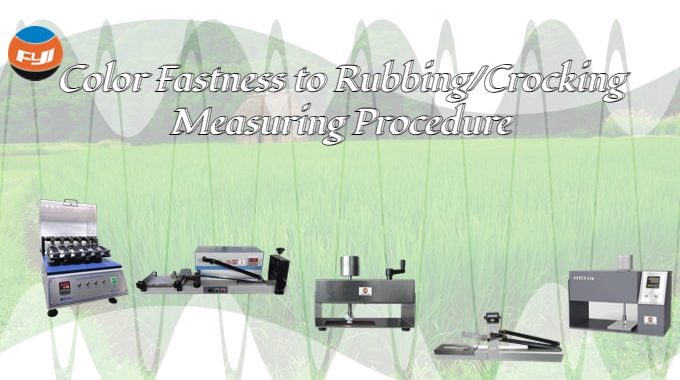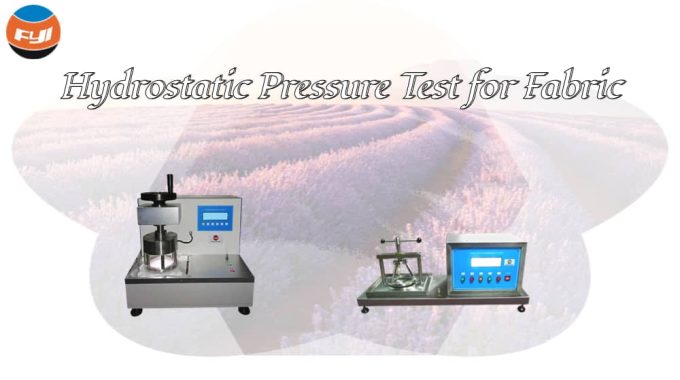
The Complete Guide to Yarn Hairiness
Yarn hairiness refers to the fiber ends or loops that stick out of the main body of the yarn. Since the fibers located on the surface of the yarn are not closely connected with the main body of the yarn, when the yarn is subjected to friction and other external forces, the surface fibers can protrude and become hairy.
Yarn hairiness is necessary for certain varieties such as fleece warm fabrics. When the yarn hairiness is more and longer, the fabric can have good wool texture and warmth retention.
However, the existence of yarn hairiness will affect the smooth progress of subsequent processes, such as causing unclear opening of the warp during the weaving process, increasing end breaks, and reducing labor productivity. At the same time, it will also have a negative impact on the appearance, feel and use of the finished product. If the hairiness is unevenly distributed, defects such as rungs and stripes will appear on the fabric. Excessive hairiness will cause yarn entanglement during weaving to form weaving defects, making the fabric look rough.
The hairiness index of yarn has gradually become an equally important yarn characteristic index as count, strength and elongation.
Contents
- 1 Types of yarn hairiness
- 2 Classification of yarn hairiness testing methods
- 3 Yarn hairiness tester
- 4 Several methods to reduce hairiness
- 4.1 Reasonable selection of raw materials
- 4.2 Appropriately increase the twist coefficient of roving
- 4.3 Using soft rubber rollers and internal and external pattern rubber rings
- 4.4 Appropriately increase the twist coefficient of spun yarn
- 4.5 Reasonable selection of spindle speed
- 4.6 The steel ring and traveler should be properly matched
- 4.7 Twisting triangle area
- 4.8 Reasonably formulate sizing process parameters
Types of yarn hairiness
End of hairiness: fiber ends out of the yarn base surface of the subject , while the rest inside the core-yarn.
Planktonic Hairiness: stick to a surface or other loose fibers on the Hairiness of Yarns or wild fibers.
Loop Hairiness: within the core of both ends of the fiber into yarns, yarn showed middle basic surface, forming a ring or rings.
Classification of yarn hairiness testing methods
| Test method | Test principle | Test Results | Features |
| Observation | Visual inspection, projection magnification, microscopic magnification photography | Number of hairs per unit length | Intuitive but with a small number of samples and low testing efficiency |
| Gravimetric method | After singeing at high temperature, the weight loss is reported. | Weight loss percentage | Melting occurs when singeing polyester and other synthetic fibers, which does not reflect the amount of hairiness. |
| Single side photoelectric hairiness test method | Photoelectric conversion counts the number of hairs on one side of the yarn | Hairiness index | Large sampling quantity and high testing efficiency |
| Full hairiness photoelectric test method | The scattered light caused by hairiness is measured optically, which is proportional to the total length of hairiness on the yarn. | Hairiness amount, hairiness spectrum, hairiness variation length curve, histogram | Overall estimated value, large number of samples, and high testing efficiency |
| electrostatic method | The high-voltage electric field makes the hairs stand up, and they are counted by photoelectric method. | Hairiness index | The test efficiency is high, but the hairiness morphology is destroyed |
Yarn hairiness tester
Yarn Hairiness Tester is used for determining and analyzing yarn hairiness of various staple yarn like cotton, wool, linen, silk, chemical fiber and blended yarn, allows spinners to forecast how the yarn will behave in subsequent processes and how the finished fabric will look and perform.
The detection system adopts industrial high-speed digital camera, consists of industrial image sensor, optical imaging system and high-speed microcontroller. New technology as well as automatic adjustment of test parameters guarantee stable test condition and improve the consistency of test results.

Several methods to reduce hairiness
Reasonable selection of raw materials
Hairiness is mostly formed by the exposure of short fibers. Therefore, the more fibers and tails in the yarn sliver, the greater the possibility of hairiness. The shorter the fiber length, the greater the chance of hairiness. When blending cotton, the quality length, MIC, length uniformity and short staple rate of raw cotton should be comprehensively considered. Reducing the amount of cotton with low MIC, high short staple rate and low length uniformity can reduce the hairiness caused by cotton blending.
Appropriately increase the twist coefficient of roving
In the spinning process, a lot of hairiness is produced when the yarn leaves the front roller. Therefore, hairiness can be reduced by strengthening the cohesion of fibers in the drafting zone and reducing the diffusion of fibers by drafting. To this end, the twist coefficient of the roving is appropriately increased, the draft ratio of the rear area is appropriately reduced, and the center distance of the rollers in the rear area is appropriately enlarged. It can reduce the degree of fiber diffusion in the rear drafting zone, thereby helping to reduce the problem.
Using soft rubber rollers and internal and external pattern rubber rings
The softness and surface properties of the top roller have a direct impact on the holding power of the whiskers. When the softness of the top roller increases, the length of the floating zone decreases, the holding force of the jaw increases, and the width and length of the twisting triangle zone decrease. The probability of the floating fiber head end protruding from the sliver is reduced, thereby effectively reducing hairiness.
Appropriately increase the twist coefficient of spun yarn
In production practice, increasing the twist coefficient of spinning yarn is beneficial to reducing hairiness. However, the choice of spinning twist coefficient mainly depends on the quality requirements of the final product for the spun yarn. Because the twist coefficient is small, the dense effect of the yarn on the fiber is weakened, making the yarn prone to hairiness during processing. If the twist coefficient is too large, the yarn will feel hard and the output of the spinning machine will be reduced. Therefore, it is necessary to appropriately increase the twist coefficient of the spun yarn while taking into account the quality and productivity of the spun yarn to help reduce the hairiness of the spun yarn.
Reasonable selection of spindle speed
Under the premise of certain spinning characteristics and fiber fineness, after the spindle speed exceeds a certain range, the greater the spindle speed, the greater the amount of hairiness. Because, as the spindle speed increases, the contact pressure between the yarn, the traveler and the yarn guide hook increases, and the friction increases. At the same time, the centrifugal force of the yarn increases, making the fibers easily thrown out of the yarn body to form hairiness. In addition, the speed of the traveler also increases, making the traveler unstable and prone to hairiness.
The steel ring and traveler should be properly matched
The choice of traveler should be compatible with the spinning count. The traveler is too light and the operation is unstable, which increases the friction between the yarn balloon and the yarn separation plate. Generally, emphasis is placed on control. At the same time, the contact area of the traveler movement should be large, which can reduce pressure and thermal wear and enhance stability during operation. In production, it is necessary to grasp the three stages of maturity, stability and decay of wire rings and steel rings. The use of the traveler exceeds the stable period and enters the decline period. The weight of the traveler decreases, the convex shape of the balloon increases, and the operation is unstable. The friction between the yarn loop and the yarn separation plate increases, and the yarn hairiness increases. Therefore, travelers and steel rings should be replaced regularly to reduce yarn hairiness.
Twisting triangle area
The twisting triangle is an important area where hairiness occurs. Reducing or eliminating the spinning triangle can control and reduce yarn hairiness.
Reasonably formulate sizing process parameters
The “two high and one low” sizing process of high pressure, high concentration and low viscosity is used to control the extrusion weighting rate of the sized yarn to <100%. If the sizing rate is too high, the wear resistance of the sizing yarn will be poor and there will be more hairiness. Excessive sizing rate will affect the feel and elasticity of the sizing yarn, and will also produce regenerated hairiness. Wet twisting of sized yarn on the sizing machine is beneficial to reducing the problem.
Comments are closed.



Such a nuanced and balanced approach to the topic is rarely seen in the blogosphere.
It is actually a great and helpful piece of information. I am glad that you shared this helpful information with us. Please keep us up to date like this. Thank you for sharing.
Did you know that this article not only informed me but also entertained me? It had a great storytelling element that kept me engaged from beginning to end.
I could tell that a lot of research went into writing this article, as it covered all aspects of the subject in a comprehensive manner.